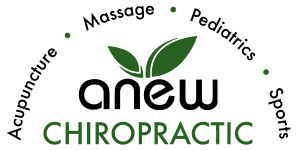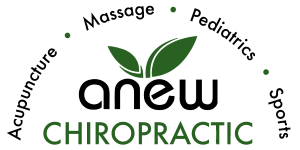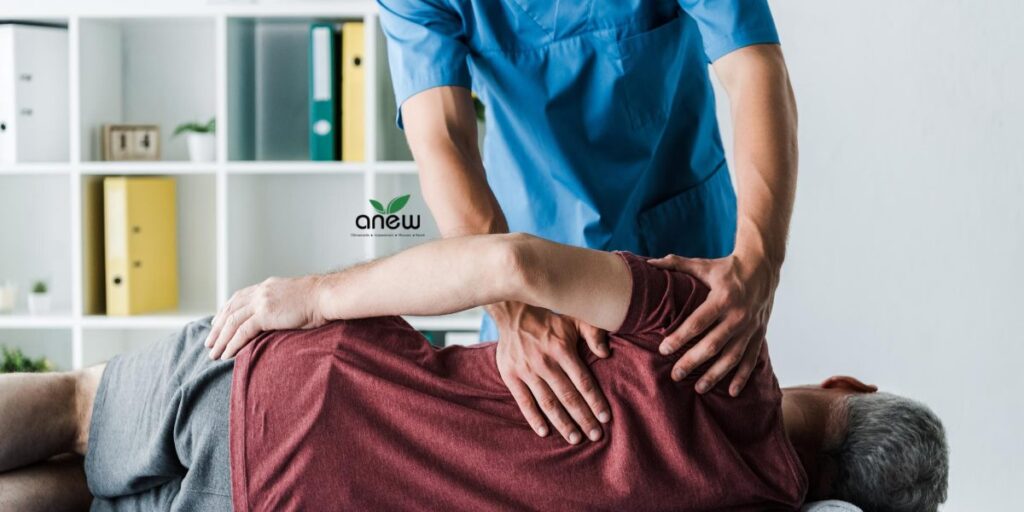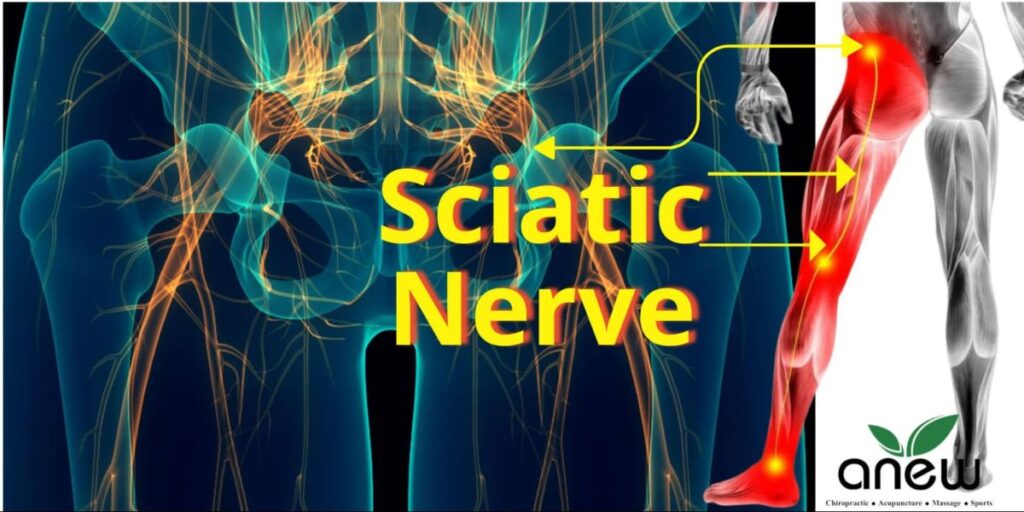Some Root Causes Of Back Pain
Root Causes of Back Pain: Your Job
I know you’ve heard it before,my job is a pain in the neck! But, in this case it literally could be a pain in your back. If you are experiencing back pain that is affecting your day-to-day life, your job may be to blame. Although there are many potential root causes of your back pain, one of them could be related to your job.
Here are some common workplace issues that might be contributing to your discomfort:
• Lifting heavy objects (Although, simply twisting sideways in your chair to move a book, or picking something up off the floor while seated is enough to precipitate an acute pain.)
• Pulling or pushing items
• Twisting movements with the spine
• Sitting at a desk for long periods in an uncomfortable chair
• Slouching while sitting at a desk
If any of these above sound familiar, it’s time to seek out professional help from a chiropractor who can assess the source of your pain and provide targeted chiropractic treatments.
Root Causes of Back Pain: Your Bag
Did you know that the cause of your back pain could be something as simple as the bag you carry around every day?
Here are 3 key reasons why your bag might be causing your back pain:
* Your lower back supports the upper body – including any extra weight from an overstuffed bag. This can strain the lower back when carried day after day.
* An overloaded or heavy purse, backpack, or briefcase can put added stress on muscles in your neck and shoulders leading to tension headaches and other issues.
* Carrying a heavy load all day long may lead to posture problems due to uneven distribution of weight which causes muscle imbalances that affect how we move.
Root Causes of Back Pain: Your Workout
Your workout routine, or rather how you approach your workout, may help you get to the root of your back pain. It’s important to look at how your workout routine might be contributing to the pain you are experiencing in your back. Here are some common causes of overextended muscles leading to low back pain:
– Overdoing it at the gym or golf course
– Being inactive during the work week and then doing intense physical activity on the weekend
– Not stretching before or after exercising
– Doing exercises that put too much strain on your lower back muscles
– Using incorrect form when lifting weights or doing other exercises
If you are experiencing back pain that is related to your workout, it may be beneficial to visit a chiropractor. A chiropractor can assess the source of your pain and provide targeted treatments such as spinal manipulation, massage therapy, and/or physical therapy in order to help.
Root Causes of Back Pain: Your Posture
Is your posture to blame for some of the lower back pain or spine pain that you are experiencing? Here are some of the root causes of back pain that can be addressed with a few simple changes:
-
- Maintaining good posture, including sitting with proper lumbar support for your lower back, shoulders back, and feet resting on a low stool.
-
- Keeping weight evenly balanced when standing on both feet.
-
- Making sure to move around frequently throughout the day to avoid long periods of inactivity.
By addressing these root causes through chiropractic care, you may find yourself feeling more comfortable and less anxious about living life without chronic or acute pains from specific areas like your neck or spine!
Root Causes of Back Pain: Herniated Disc
Are you experiencing back pain and looking for relief? You’re not alone. Back pain is one of the most common ailments in America, affecting 8 out of 10 people at some point in their lives. While there are many potential causes of back pain, one of the most frequently encountered is a herniated disc.
This occurs when one or more vertebrae discs become weakened and rupture or bulge, putting pressure on the spinal nerve roots and causing intense discomfort.
If you’re suffering from back pain that won’t go away with rest or over-the-counter medications, it may be time to see a medical professional to determine if you have a herniated disc and explore options for treatment.
Root Causes of Back Pain: Chronic Conditions
Lower back pain is one of the most common complaints among adults today, and it can have a variety of causes. Many people seek help from chiropractors or medical professionals to find relief from musculoskeletal and skin diseases.
Chronic Conditions: spinal stenosis, ankylosing spondylitis, & fibromyalgia
One possible cause of your discomfort could be a chronic condition such as spinal stenosis, ankylosing spondylitis, or fibromyalgia.
Spinal stenosis
A condition known as spinal stenosis refers to the narrowing of the spaces within your spine, which can cause pain in the lower back. It occurs most commonly in people aged 50 and older, though it can occur at any age. Symptoms include persistent pain that radiates from the lower back into one or both legs, numbness and tingling in the legs, difficulty walking and balancing, and muscle weakness.
Ankylosing spondylitis
Ankylosing spondylitis is a long-term inflammatory disorder that affects the spine and other body parts, such as the eyes. It is an autoimmune condition that can cause pain and stiffness in the lower back and neck that is worse at night or when getting up from a seated position. Symptoms generally start before the age of 45 with episodes of acute pain in the lower back or hips.
Fibromyalgia
Fibromyalgia is a chronic condition that causes widespread pain throughout the body, including the lower back. Other symptoms include fatigue, muscle stiffness, headaches, sleep disturbances, depression, anxiety and cognitive dysfunction. Treatment for this condition often includes medications to reduce inflammation and manage pain, physical therapy, and lifestyle changes.
Each of these conditions can lead to low back pain that may require specialized treatment in order to ease the symptoms and provide lasting relief. If you are struggling with persistent back pain, consulting with a medical professional may be able to help you identify potential root causes so that you can take steps towards finding long-term solutions.
Root Causes of Back Pain: Your Wallet
It may surprise you to hear, but one of the most common causes of back pain is an overloaded wallet being carried in your back pocket. Carrying a large and heavy wallet in your back pocket can cause excess strain on your lower back muscles, resulting in discomfort that may be hard to ignore.
The slight difference in the height of each buttock while sitting, with one side slightly elevated due to the wallet in your back pocket, can cause spinal misalignment over time.
If you’re experiencing ongoing back pain and carry a large wallet, it may be time to lighten your load and switch to a smaller, lighter option. Or better yet, start carrying a small wallet in your front pocket. Doing so can help you alleviate the strain on your back and help you find relief from your pain.
It’s important to remember that there are many causes of back pain, and it’s not always easy to determine what is causing yours. If you are having trouble finding relief, talking to your doctor or a chiropractor may help you identify the root cause of your pain so that you can take steps towards recovery
Some Root Causes Of Back Pain Read More »





